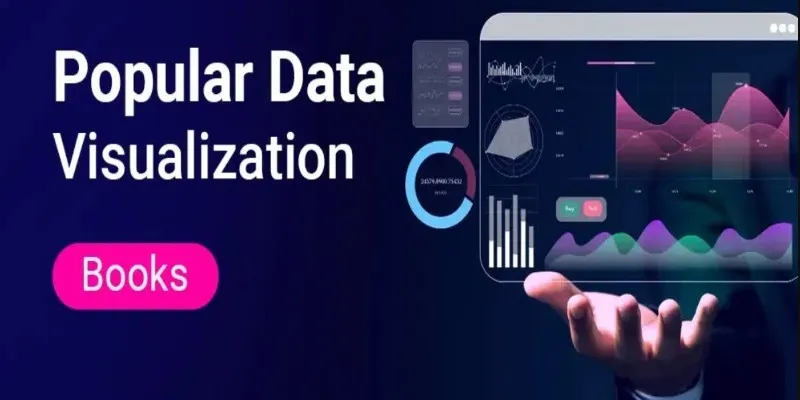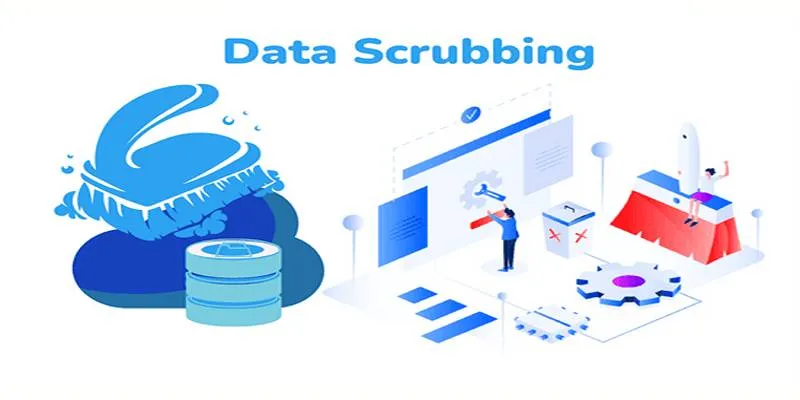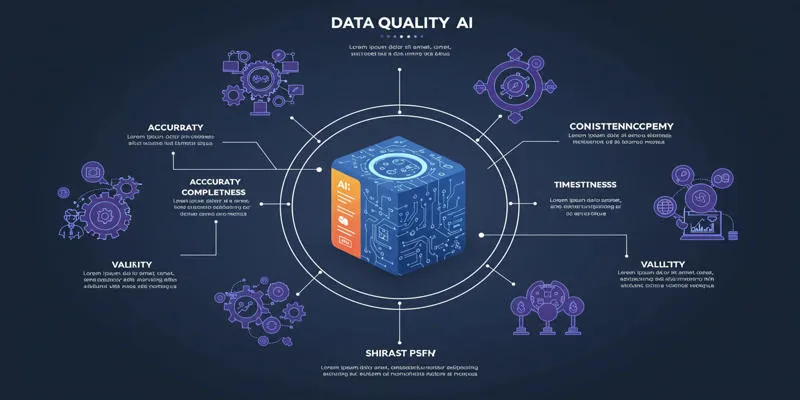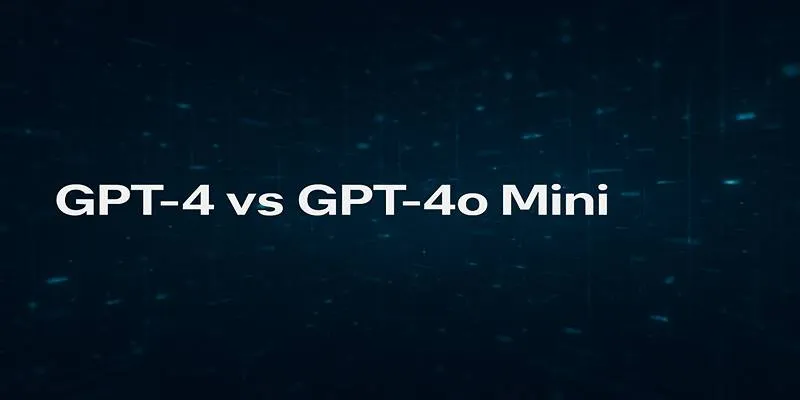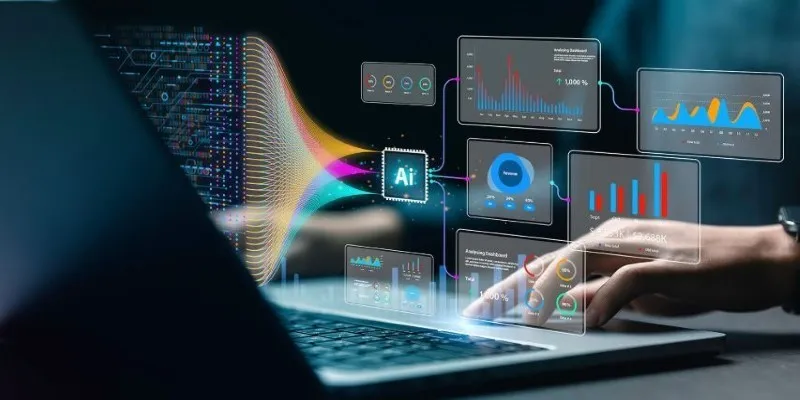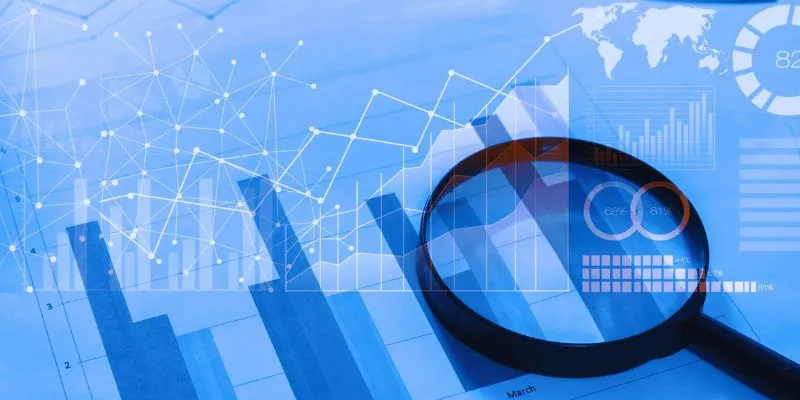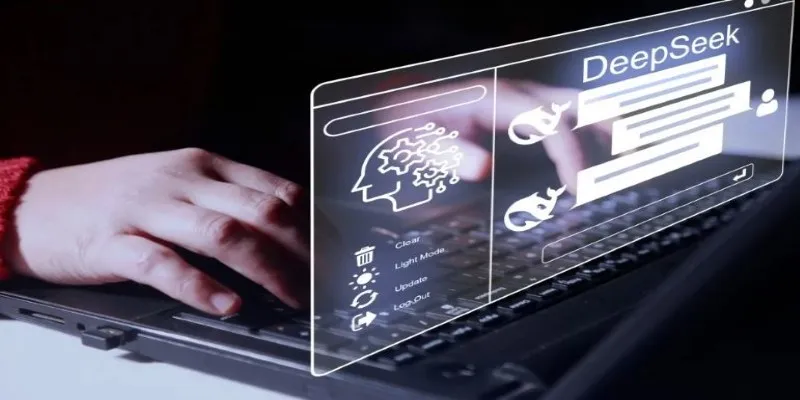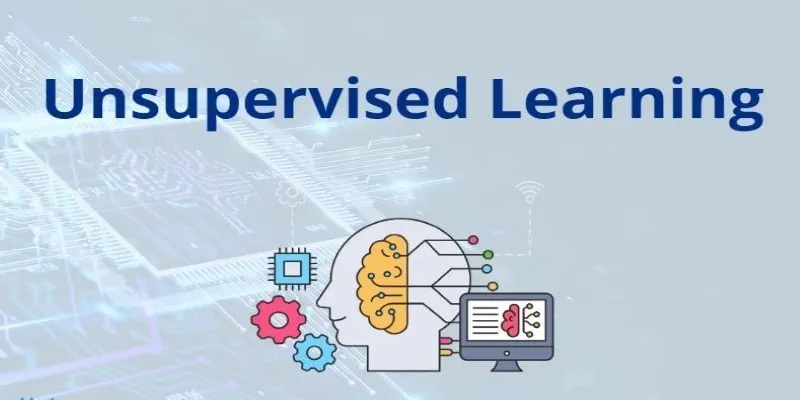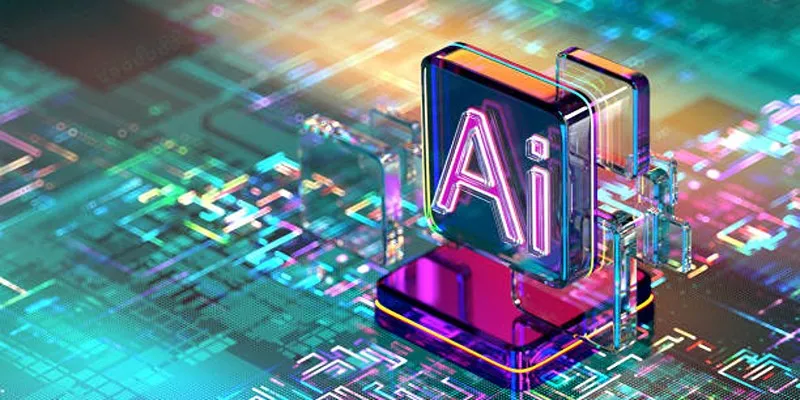Understanding the Importance of Data Center Security
Data centers are vital as businesses, governments, and individuals rely on them to store and process vast amounts of information. With cyber threats, insider risks, and physical vulnerabilities constantly evolving, protecting these facilities has become more complex.
As we move into 2025, organizations are seeking smarter ways to secure their data centers by balancing new technology with robust policies and practices. Understanding the trends shaping data center security can help operators prepare, adapt, and mitigate risks in an unpredictable environment.
Top 7 Key Data Center Security Trends in 2025
1. Greater Focus on Zero Trust Architectures
A significant shift in data center security for 2025 is the move towards zero trust architecture. This approach abandons the outdated notion that everything inside the network is automatically safe. Instead, every access request—whether internal or external—is verified continuously. Users and devices must prove their legitimacy, and networks are segmented into smaller sections to prevent a single breach from spreading.

For data centers, this means enhancing perimeter defenses with multi-factor authentication, micro-segmentation, and real-time monitoring. The principle of least privilege is adopted, ensuring no one has more access than necessary. This cautious method helps protect critical systems and data from today’s evolving threats.
2. Tighter Physical Security Measures
As digital threats grow, the importance of physical security in protecting data centers remains crucial. Facilities house critical hardware and sensitive information that can be stolen or damaged if unauthorized access is gained. In 2025, operators are improving defenses with biometric scanners, AI-driven cameras, and intelligent access systems.
Traditional barriers and controlled entry points are integrated with real-time analytics, providing immediate insights when suspicious activities occur. As attackers increasingly target facilities, securing physical spaces is as vital as protecting the network.
3. Cloud Integration Brings New Challenges
The reliance on hybrid cloud environments has introduced new complexities in data center security. Connecting on-premises infrastructure with cloud services expands the attack surface, complicating traffic security and policy consistency. In 2025, the hybrid model remains popular but requires better coordination between cloud and data center security practices.
Encryption of data in motion, stronger authentication for cloud connections, and unified visibility into hybrid systems are priorities. Understanding shared responsibility models with cloud providers is crucial to avoid costly errors.
4. AI-Driven Threat Detection
Artificial intelligence is indispensable for detecting and responding to threats in modern data centers. The volume of activity makes it impossible for humans to manually identify every risk, and AI bridges this gap by analyzing patterns, identifying anomalies, and highlighting urgent issues.
In 2025, AI-driven tools help data centers respond more swiftly and accurately to incidents. These systems analyze logs, network traffic, and physical access records, reducing false alarms while detecting subtle threats. AI provides actionable insights, freeing security teams to focus on the most serious risks.
5. Increased Regulation and Compliance Demands
Regulatory pressures on data centers are intensifying. Governments and industry groups have introduced stricter standards for data protection, transparency, and reporting. In 2025, operators must maintain detailed access records, tighter data controls, and demonstrate compliance at any time.

Non-compliance can lead to severe penalties and reputational damage. Many data centers invest in automated compliance tools and improve internal processes to meet evolving requirements. Compliance is integrated into daily operations to stay ahead of audits and avoid costly mistakes.
6. Energy and Environmental Security Risks
The demand for reliable data center services highlights the link between security and infrastructure resilience. Power interruptions, equipment failures, and environmental hazards can disrupt operations and jeopardize data. In 2025, operators reinforce their energy and cooling systems against failures and attacks.
Facilities adopt microgrids or localized renewable energy to reduce dependence on external supplies. Backup generators and fuel reserves are better protected. Viewing energy and environmental systems as part of the security ecosystem ensures continuous service during crises.
7. Insider Threats Take Center Stage
Insider threats remain one of the toughest challenges for data centers. Employees and contractors with legitimate access can more easily cause harm. Organizations implement stricter access controls based on roles, monitor unusual activity patterns, and require background checks for critical staff.
Training is a focus in 2025. Educating employees about proper security practices helps reduce mistakes and discourage malicious behavior. Building a culture of accountability and vigilance complements technical safeguards, providing a stronger overall defense.
Conclusion
The challenges facing data center security in 2025 reflect a world where risks are more varied and interconnected. Cyber attacks, physical breaches, insider mistakes, and environmental threats all require attention, and no single solution suffices.
By focusing on trends like zero trust, AI-driven monitoring, hybrid cloud protection, and tighter physical controls, operators can build a more resilient foundation. Regulations, energy concerns, and human factors remind us that effective security is as much about people and planning as it is about technology. Thoughtful preparation for these trends will help keep critical data and operations safe in the year ahead.
 zfn9
zfn9
